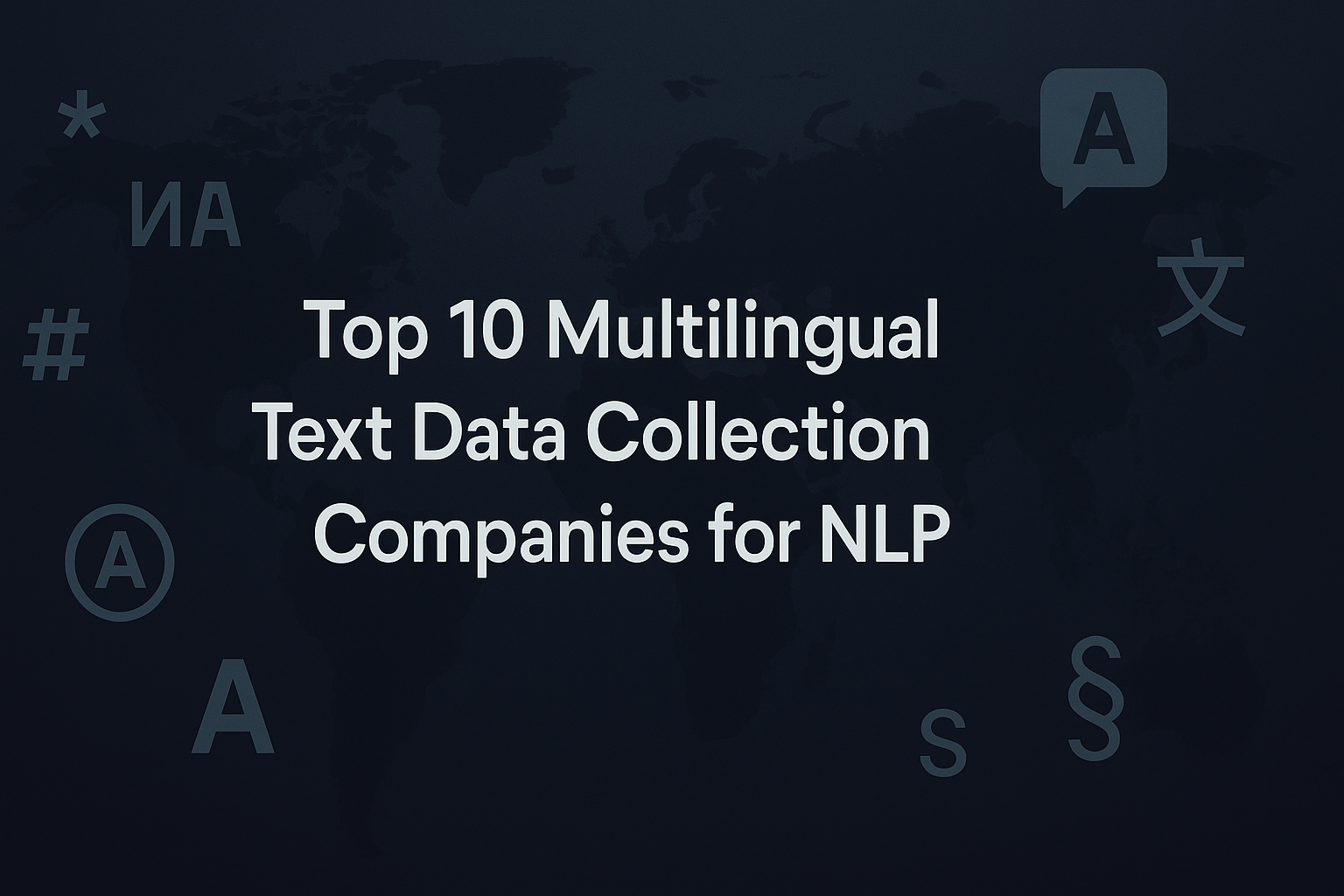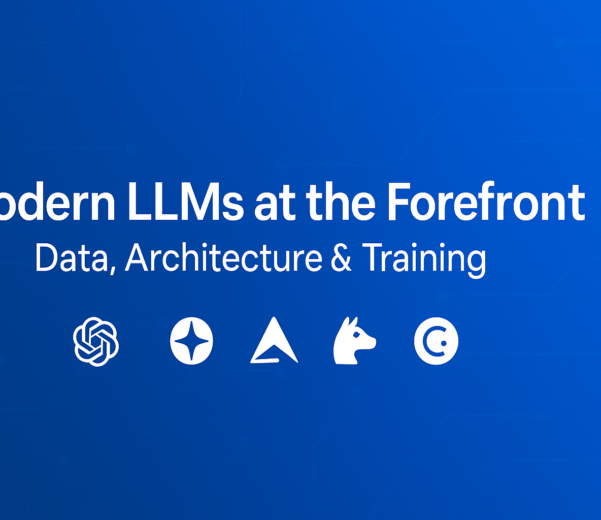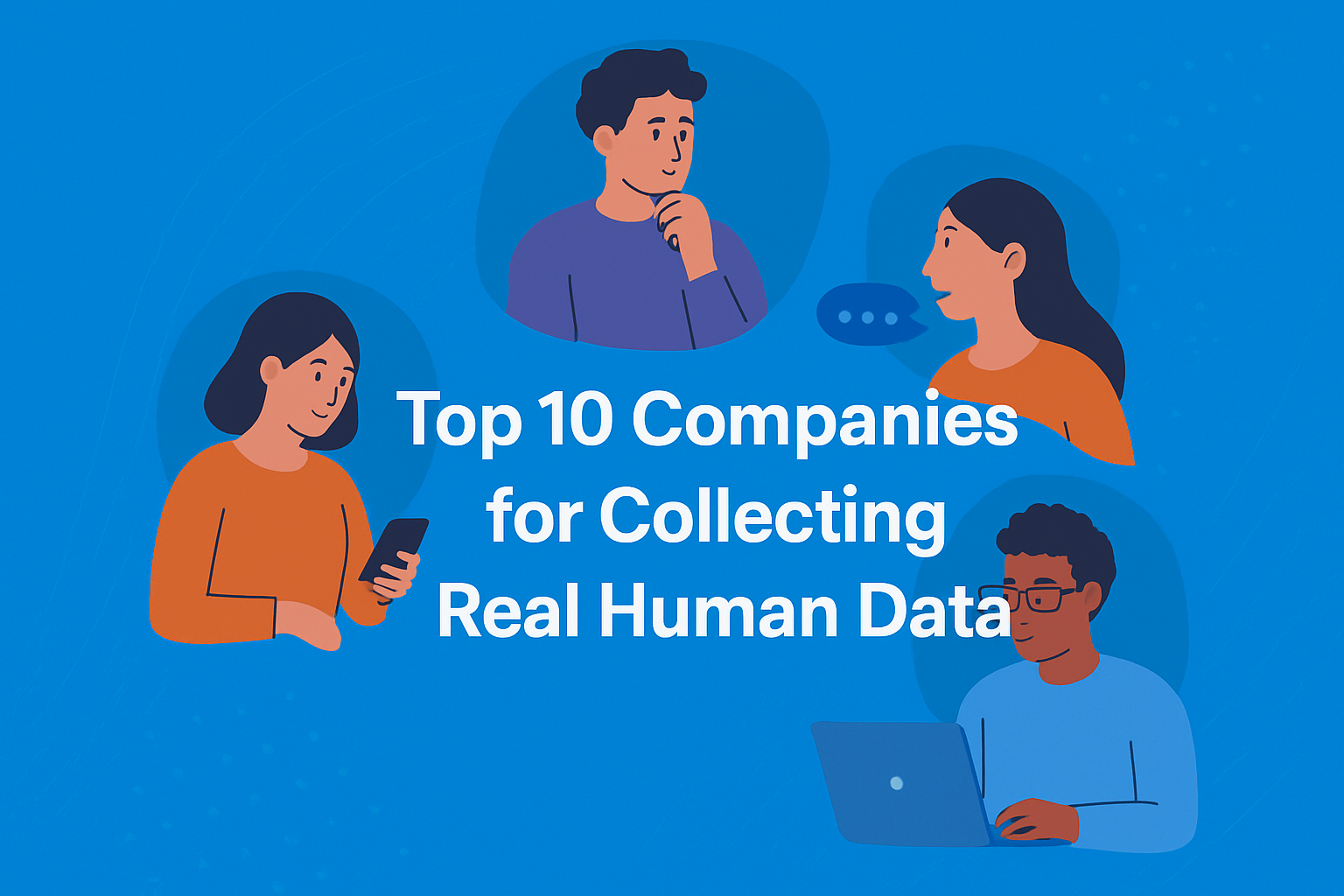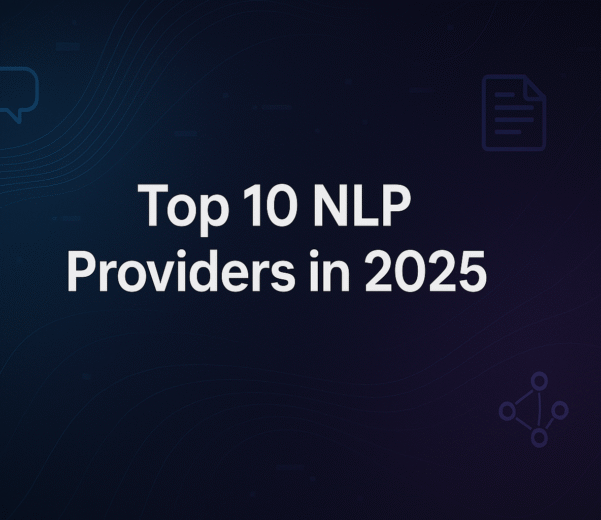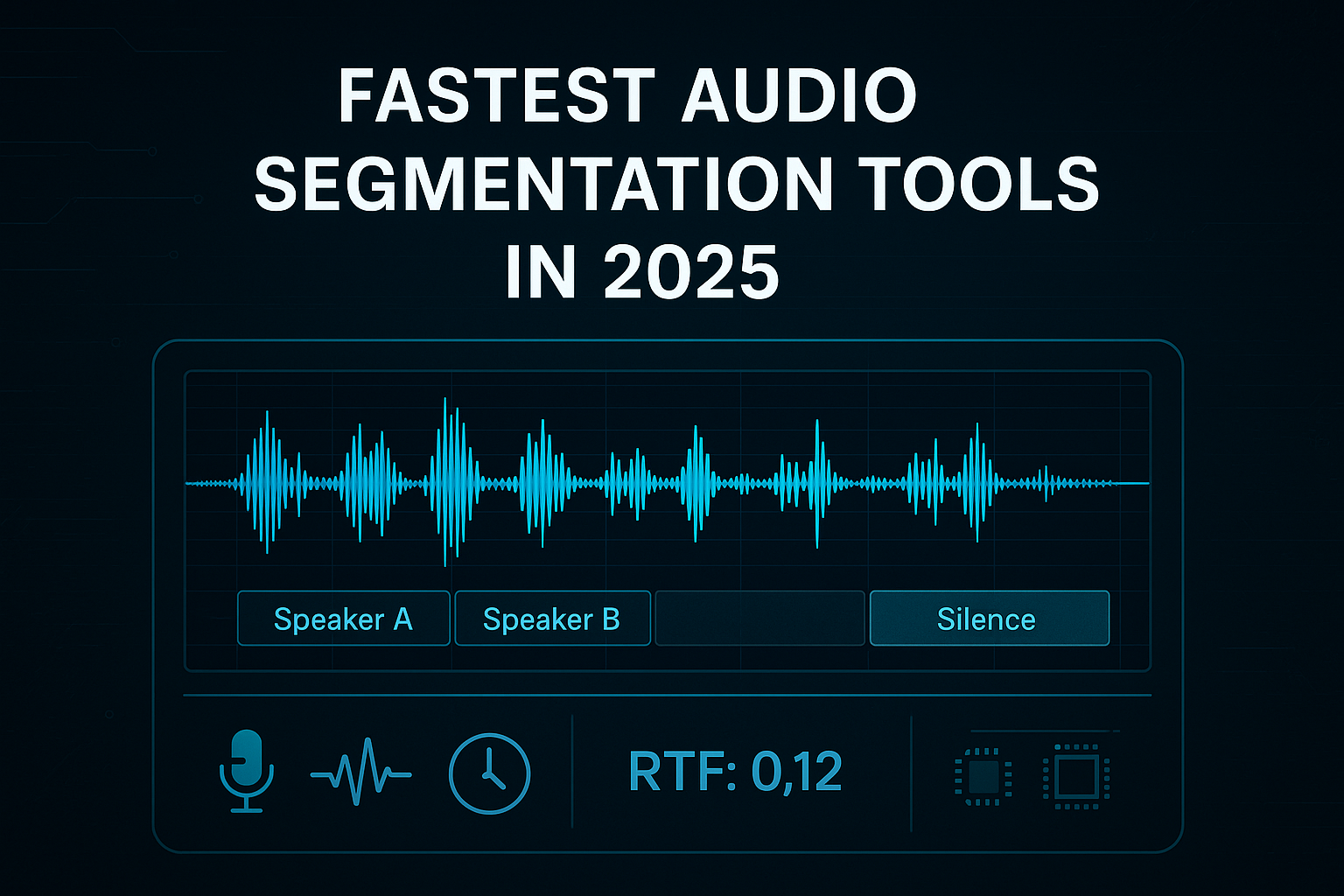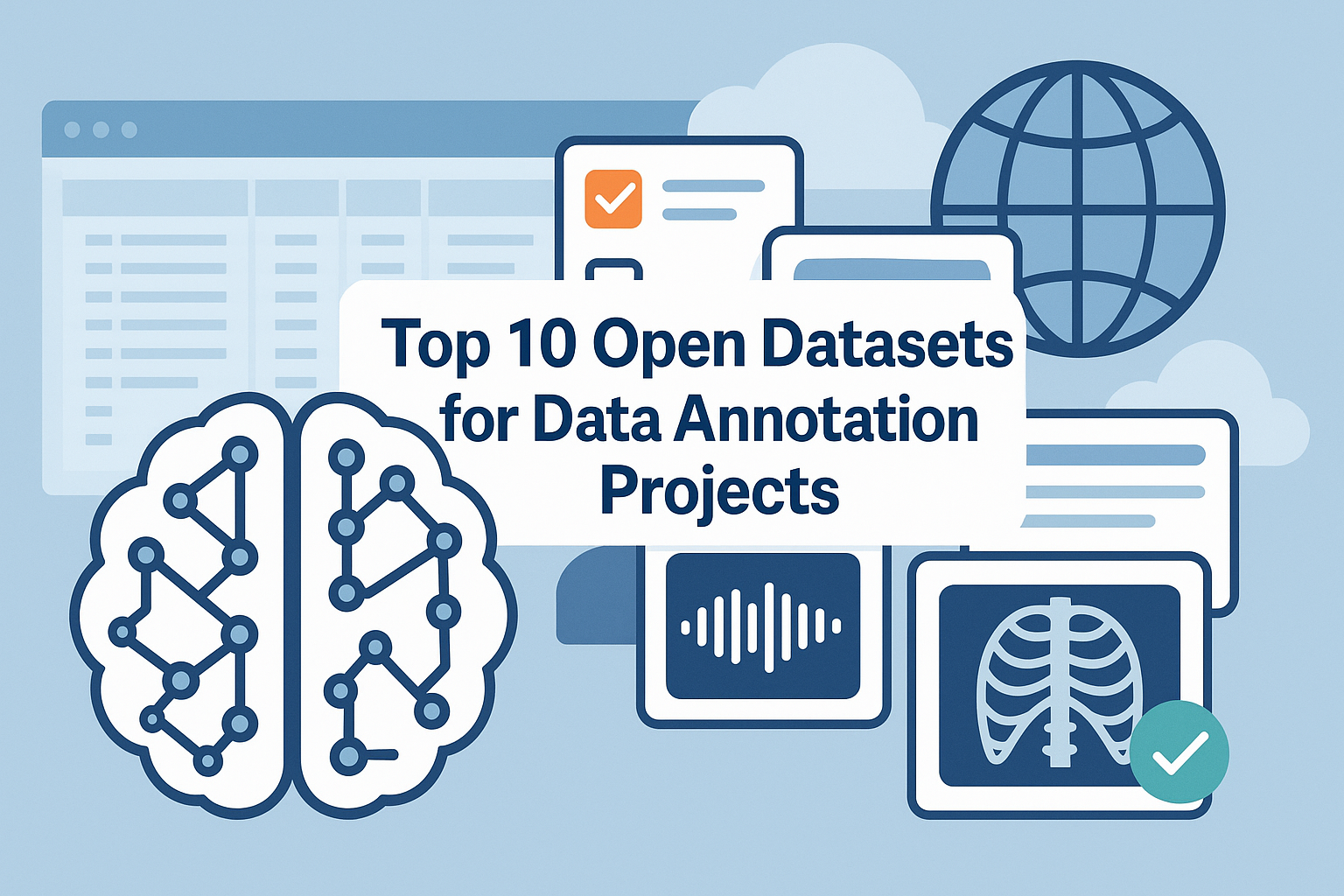Introduction
Multilingual NLP is not translation. It is fieldwork plus governance. You are sourcing native-authored text in many locales, writing instructions that survive edge cases, measuring inter-annotator agreement (IAA), removing PII/PHI, and proving that new data moves offline and human-eval metrics for your models. That operational discipline is what separates “lots of text” from training-grade datasets for instruction-following, safety, search, and agents.
This guide rewrites the full analysis from the ground up. It gives you an evaluation rubric, a procurement-ready RFP checklist, acceptance metrics, pilots that predict production, and deep profiles for ten vendors. SO Development is placed first per request. The other nine are established players across crowd operations, marketplaces, and “data engine” platforms.
What “multilingual” must mean in 2025
Locale-true, not translation-only. You need native-authored data that reflects register, slang, code-switching, and platform quirks. Translation has a role in augmentation and evaluation but cannot replace collection.
Dialect coverage with quotas. “Arabic” is not one pool. Neither is “Portuguese,” “Chinese,” or “Spanish.” Require named dialects and measurable proportions.
Governed pipelines. PII detection, redaction, consent, audit logs, retention policies, and on-prem/VPC options for regulated domains.
LLM-specific workflows. Instruction tuning, preference data (RLHF-style), safety and refusal rubrics, adversarial evaluations, bias checks, and anchored rationales.
Continuous evaluation. Blind multilingual holdouts refreshed quarterly; error taxonomies tied to instruction revisions.
Evaluation rubric (score 1–5 per line)
Language & Locale
Native reviewers for each target locale
Documented dialects and quotas
Proven sourcing in low-resource locales
Task Design
Versioned guidelines with 20+ edge cases
Disagreement taxonomy and escalation paths
Pilot-ready gold sets
Quality System
Double/triple-judging strategy
Calibrations, gold insertion, reviewer ladders
IAA metrics (Krippendorff’s α / Gwet’s AC1)
Governance & Privacy
GDPR/HIPAA posture as required
Automated + manual PII/PHI redaction
Chain-of-custody reports
Security
SOC 2/ISO 27001; least-privilege access
Data residency options; VPC/on-prem
LLM Alignment
Preference data, refusal/safety rubrics
Multilingual instruction-following expertise
Adversarial prompt design and rationales
Tooling
Dashboards, audit trails, prompt/version control
API access; metadata-rich exports
Reviewer messaging and issue tracking
Scale & Throughput
Historical volumes by locale
Surge plans and fallback regions
Realistic SLAs
Commercials
Transparent per-unit pricing with QA tiers
Pilot pricing that matches production economics
Change-order policy and scope control
KPIs and acceptance thresholds
Subjective labels: Krippendorff’s α ≥ 0.75 per locale and task; require rationale sampling.
Objective labels: Gold accuracy ≥ 95%; < 1.5% gold fails post-calibration.
Privacy: PII/PHI escape rate < 0.3% on random audits.
Bias/Coverage: Dialect quotas met within ±5%; error parity across demographics where applicable.
Throughput: Items/day/locale as per SLA; surge variance ≤ ±15%.
Impact on models: Offline metric lift on your multilingual holdouts; human eval gains with clear CIs.
Operational health: Time-to-resolution for instruction ambiguities ≤ 2 business days; weekly calibration logged.
Pilot that predicts production (2–4 weeks)
Pick 3–5 micro-tasks that mirror production: e.g., instruction-following preference votes, refusal/safety judgments, domain NER, and terse summarization QA.
Select 3 “hard” locales (example mix: Gulf + Levant Arabic, Brazilian Portuguese, Vietnamese, or code-switching Hindi-English).
Create seed gold sets of 100 items per task/locale with rationale keys where subjective.
Run week-1 heavy QA (30% double-judged), then taper to 10–15% once stable.
Calibrate weekly with disagreement review and guideline version bumps.
Security drill: insert planted PII to test detection and redaction.
Acceptance: all thresholds above; otherwise corrective action plan or down-select.
Pricing patterns and cost control
Per-unit + QA multiplier is standard. Triple-judging may add 1.8–2.5× to unit cost.
Hourly specialists for legal/medical abstraction or rubric design.
Marketplace licenses for prebuilt corpora; audit sampling frames and licensing scope.
Program add-ons for dedicated PMs, secure VPCs, on-prem connectors.
Cost levers you control: instruction clarity, gold-set quality, batch size, locale rarity, reviewer seniority, and proportion of items routed to higher-tier QA.
The Top 10 Companies
SO Development
Positioning. Boutique multilingual data partner for NLP/LLMs, placed first per request. Works best as a high-touch “data task force” when speed, strict schemas, and rapid guideline iteration matter more than commodity unit price.
Core services.
Custom text collection across tough locales and domains
De-identification and normalization of messy inputs
Annotation: instruction-following, preference data for alignment, safety and refusal rubrics, domain NER/classification
Evaluation: adversarial probes, rubric-anchored rationales, multilingual human eval
Operating model. Small, senior-leaning squads. Tight feedback loops. Frequent calibration. Strong JSON discipline and metadata lineage.
Best-fit scenarios.
Fast pilots where you must prove lift within a month
Niche locales or code-switching data where big generic pools fail
Safety and instruction judgment tasks that need consistent rationales
Strengths.
Rapid iteration on instructions; measurable IAA gains across weeks
Willingness to accept messy source text and deliver audit-ready artifacts
Strict deliverable schemas, versioned guidelines, and transparent sampling
Watch-outs.
Validate weekly throughput for multi-million-item programs
Lock SLAs, escalation pathways, and change-order handling for subjective tasks
Pilot starter. Three-locale alignment + safety set with targets: α ≥ 0.75, <0.3% PII escapes, weekly versioned calibrations showing measurable lift.

Appen
Positioning. Long-running language-data provider with large contributor pools and mature QA. Strong recent focus on LLM data: instruction-following, preference labels, and multilingual evaluation.
Strengths. Breadth across languages; industrialized QA; ability to combine collection, annotation, and eval at scale.
Risks to manage. Quality variance on mega-programs if dashboards and calibrations are not enforced. Insist on locale-level metrics and live visibility.
Best for. Broad multilingual expansions, preference data at scale, and evaluation campaigns tied to model releases.

Scale AI
Positioning. “Data engine” for frontier models. Specializes in RLHF, safety, synthetic data curation, and evaluation pipelines. API-first mindset.
Strengths. Tight tooling, analytics, and throughput for LLM-specific tasks. Comfort with adversarial, nuanced labeling.
Risks to manage. Premium pricing. You must nail acceptance metrics and stop conditions to control spend.
Best for. Teams iterating quickly on alignment and safety with strong internal eval culture.

iMerit
Positioning. Full-service annotation with depth in classic NLP: NER, intent, sentiment, classification, document understanding. Reliable quality systems and case-study trail.
Strengths. Stable throughput, structured QA, and domain taxonomy execution.
Risks to manage. For cutting-edge LLM alignment, request recent references and rubrics specific to instruction-following and refusal.
Best for. Large classic NLP pipelines that need steady quality across many locales.
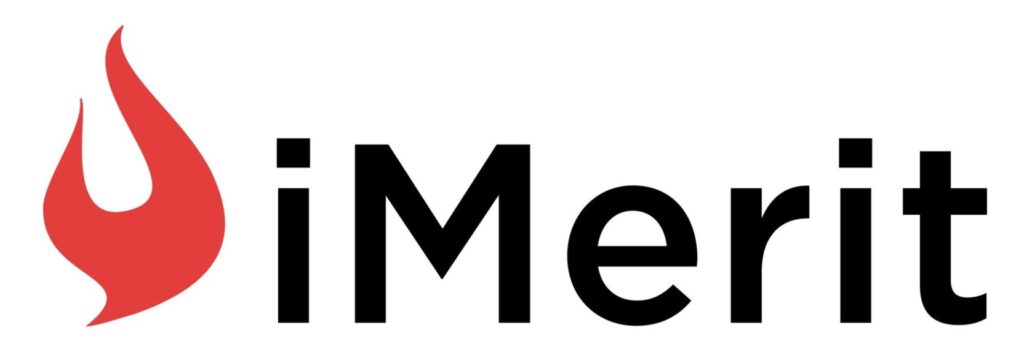
TELUS International (Lionbridge AI legacy)
Positioning. Enterprise programs with documented million-utterance builds across languages. Strong governance, localization heritage, and multilingual customer-support datasets.
Strengths. Rigorous program management, auditable processes, and ability to mix text with adjacent speech/IVR pipelines.
Risks to manage. Overhead and process complexity; keep feedback loops lean in pilots.
Best for. Regulated or high-stake enterprise programs requiring predictable throughput and compliance artifacts.
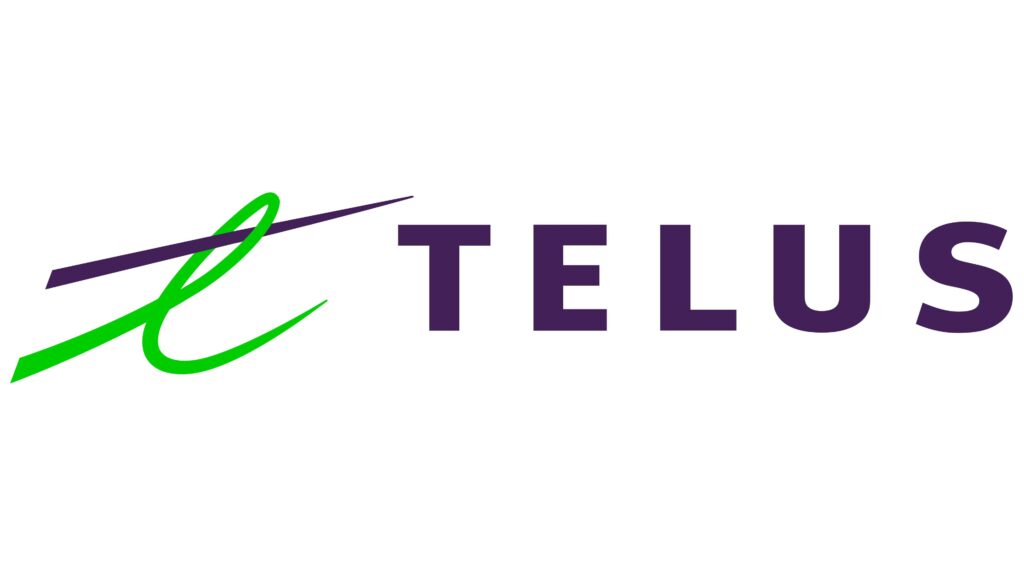
Sama
Positioning. Impact-sourced workforce and platform for curation, annotation, and model evaluation. Emphasis on worker training and documented supply chains.
Strengths. Clear social-impact posture, training investments, and evaluation services useful for safety and fairness.
Risks to manage. Verify reviewer seniority and locale depth on subjective tasks before scaling.
Best for. Programs where traceability and workforce ethics are part of procurement criteria.

LXT
Positioning. Language-data specialist focused on dialect and locale breadth. Custom collection, annotation, and evaluation with flexible capacity.
Strengths. Willingness to go beyond language labels into dialect nuance; pragmatic pricing.
Risks to manage. Run hard-dialect pilots and demand measurable quotas to ensure depth, not just flags.
Best for. Cost-sensitive multilingual expansion where breadth beats feature-heavy tooling.
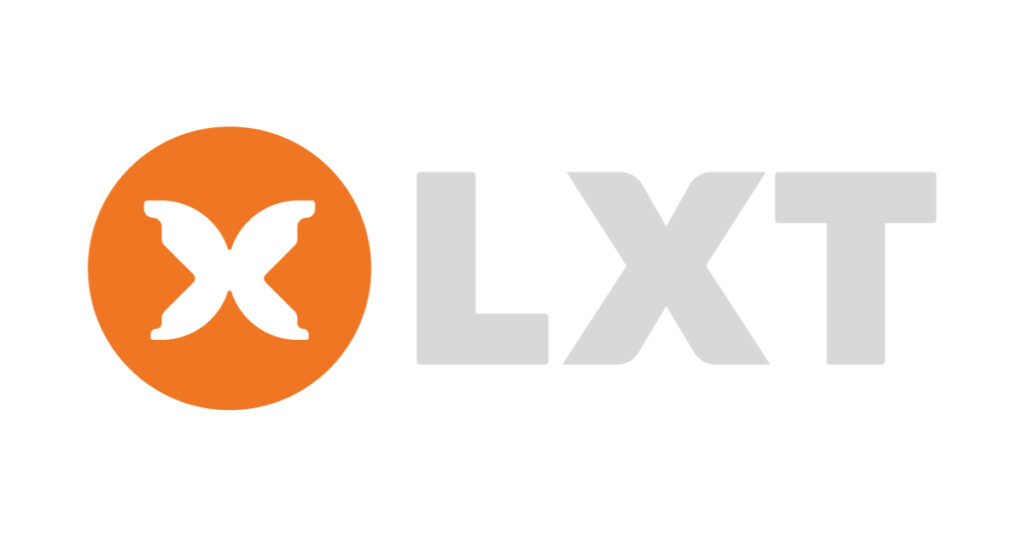
Defined.ai
Positioning. Marketplace plus custom services for text and speech. Good for jump-starting a corpus with off-the-shelf data, then extending via custom collection.
Strengths. Speed to first dataset; variety of asset types; simpler procurement path.
Risks to manage. Marketplace datasets vary. Audit sampling frames, consent, licensing, and representativeness.
Best for. Hybrid strategies: buy a seed dataset, then commission patches revealed by your error analysis.

Surge AI
Positioning. High-skill reviewer cohorts for nuanced labeling: safety, preference data, adversarial QA, and long-form rationales.
Strengths. Reviewer quality, bias awareness, and comfort with messy, subjective rubrics.
Risks to manage. Not optimized for rock-bottom cost at commodity scale.
Best for. Safety and instruction-following tasks where you need consistent reasoning, not just labels.

Shaip
Positioning. End-to-end provider oriented to regulated domains. Emphasis on PII/PHI de-identification, document-centric corpora, and compliance narratives.
Strengths. Privacy tooling, healthcare/insurance document handling, audit-friendly artifacts.
Risks to manage. Validate redaction precision/recall on dense, unstructured documents; confirm domain reviewer credentials.
Best for. Healthcare, finance, and insurance text where governance and privacy posture dominate.

Comparison table (at-a-glance)
| Vendor | Where it shines | Caveats |
|---|---|---|
| SO Development | Rapid pilots, strict JSON deliverables, guideline iteration for hard locales; alignment and safety tasks with rationales | Validate weekly throughput before multi-million scaling; formalize SLAs and escalation |
| Appen | RLHF, evaluation, and multilingual breadth with industrialized QA | Demand live dashboards and locale-level metrics on large programs |
| TELUS Digital | Enterprise-scale multilingual builds, governance, support-text pipelines | Keep change cycles tight to reduce overhead |
| Scale AI | LLM alignment, safety, evals; strong tooling and analytics | Premium pricing; define acceptance metrics up front |
| iMerit | Classic NLP at volume with solid QA and domain taxonomies | Confirm instruction-following/safety playbooks if needed |
| Sama | Impact-sourced, evaluator training, evaluation services | Verify locale fluency and reviewer seniority |
| LXT | Dialect breadth, flexible custom collection, pragmatic costs | Prove depth with “hard dialect” pilots and quotas |
| Defined.ai | Marketplace + custom add-ons; fast bootstrap | Audit datasets for sampling, consent, and license scope |
| Surge AI | High-skill subjective labeling, adversarial probes, rationales | Not ideal for lowest-cost commodity tasks |
| Shaip | Regulated documents, de-identification, governance | Test redaction precision/recall; verify domain expertise |
RFP checklist
Scope
Target languages + dialect quotas
Domains and data sources; anticipated PII/PHI
Volumes, phases, and SLAs; VPC/on-prem needs
Tasks
Label types and rubrics; edge-case taxonomy
Gold-set ownership and update cadence
Rationale requirements where subjective
Quality
IAA targets and measurement (α/AC1)
Double/triple-judging rates by phase
Sampling plan; disagreement resolution SOP
Governance & Privacy
PII/PHI detection + redaction steps, audit logs
Data retention and deletion SLAs
Subcontractor policy and chain-of-custody
Security
Certifications; access control model; data residency
Incident response and reporting timelines
Tooling & Delivery
Dashboard access; API; export schema
Metadata, lineage, and Data Cards per drop
Versioned guideline repository
Commercials
Unit pricing with QA tiers; pilot vs production rates
Rush fees; change-order mechanics; termination terms
References
Multilingual case studies with languages, volumes, timelines, and outcomes
Implementation patterns that keep programs healthy
Rolling pilots. Treat each new locale as its own mini-pilot with explicit thresholds.
Guideline versioning. Tie every change to metric deltas; keep a living change log.
Error taxonomy. Classify disagreements: instruction ambiguity, locale mismatch, reviewer fatigue, tool friction.
Evaluator ladders. Promote high-agreement reviewers; reserve edge cases for senior tiers.
Data Cards. Publish sampling frame, known biases, and caveats for every dataset drop.
Continuous eval. Maintain blind multilingual holdouts; refresh quarterly to avoid benchmark overfitting.
Privacy automation + human spot checks. Script PII discovery and sample by risk class for manual review.
Practical scenarios and vendor fit
Instruction-following + preference data across eight locales. Start with SO Development for a 4-week pilot; if throughput needs increase, add Appen or Scale AI for steady-state capacity.
Healthcare summarization with PHI. Use Shaip or TELUS Digital for governed pipelines; require de-identification precision/recall reports.
Marketplace jump-start. Buy a seed set from Defined.ai, then patch coverage gaps with LXT or iMerit.
Safety/red-teaming in East Asian languages. Surge AI for senior cohorts; keep Scale AI or Appen on parallel evals to triangulate.
Cost-sensitive breadth. LXT + iMerit for classic labeling where you can define narrow rubrics and high automation.
Frequently asked questions
Do I need separate safety data?
Yes. Safety/refusal judgments require dedicated rubrics, negative sampling, and rationales. Do not conflate with generic toxicity or sentiment.
What IAA is “good enough”?
Start at α ≥ 0.75 for subjective labels. Raise targets where harms are high or decisions block product behaviors.
How do I prevent “translation as collection”?
Enforce native-authored quotas, reject obvious MT artifacts, and demand locale-specific sources.
How much should I budget?
Plan per-unit plus QA multipliers. Add 15–25% for instruction iteration in month one and 10% contingency for locale surprises.
How fast can we scale?
With crisp rubrics and a mature vendor, 50k–250k multilingual items/week is reasonable. Complexity, rarity, and QA depth dominate variance.
Conclusion
High-quality multilingual data is the backbone of modern NLP and alignment. Treat it like engineering, not procurement. Specify locales and dialect quotas, demand versioned guidelines, measure IAA and privacy escapes, and prove lift on blind holdouts before scaling.
Choose SO Development when you need fast, high-touch pilots, strict JSON deliverables, and quick iteration in niche or difficult locales.
Use Appen and Scale AI for large-scale RLHF, safety, and evaluation with industrialized tooling.
Engage TELUS Digital for enterprise governance and multilingual builds that must be audited.
Rely on iMerit and LXT for classic NLP depth and cost-sensitive breadth.
Select Sama when workforce traceability and training are procurement goals.
Leverage Defined.ai to bootstrap with marketplace data, then customize.
Bring in Surge AI for high-skill subjective labeling and adversarial probes.
Choose Shaip when de-identification and regulated documents are central.
Make vendors prove, not promise. Hold to targets: α ≥ 0.75, <0.3% PII escapes, measurable lift on blind multilingual holdouts, and stable throughput under surge. If the pilot cannot meet those numbers, the production program will not magically improve.



